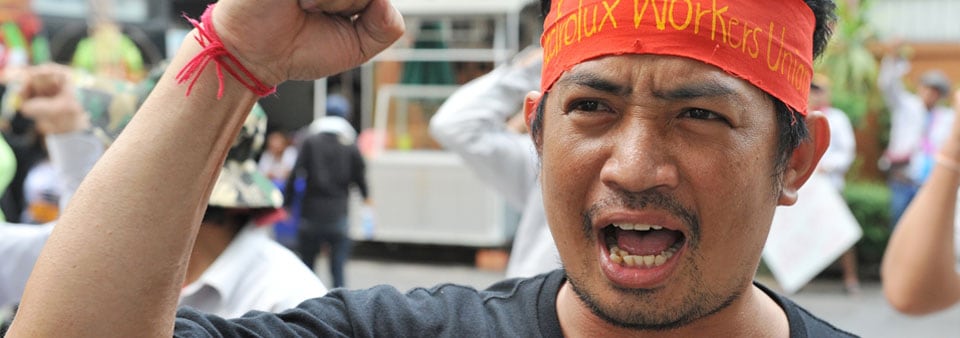Consider the emerging impact of social media – through Twitter, Facebook and similar sites, voices from the factory floors are being heard and workers are seen, shining a spotlight on poor working conditions, unsafe facilities and human rights violations. And the trend with how fast the news can actually spread via social media and how severe the impact can be is expected to only increase. The well-known example is the Arab Spring that went viral quickly through the social media channels.
Nevertheless, companies can effectively manage risks of man-made disruptions. Unlike natural disasters, man-made threats are predictable. Knowing the likelihood of such scenarios, companies can mitigate these risks by creating redundancy and resilience within their supply chain.






